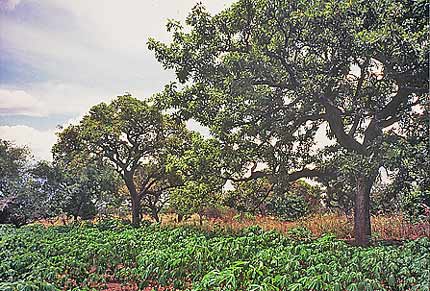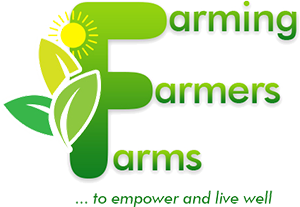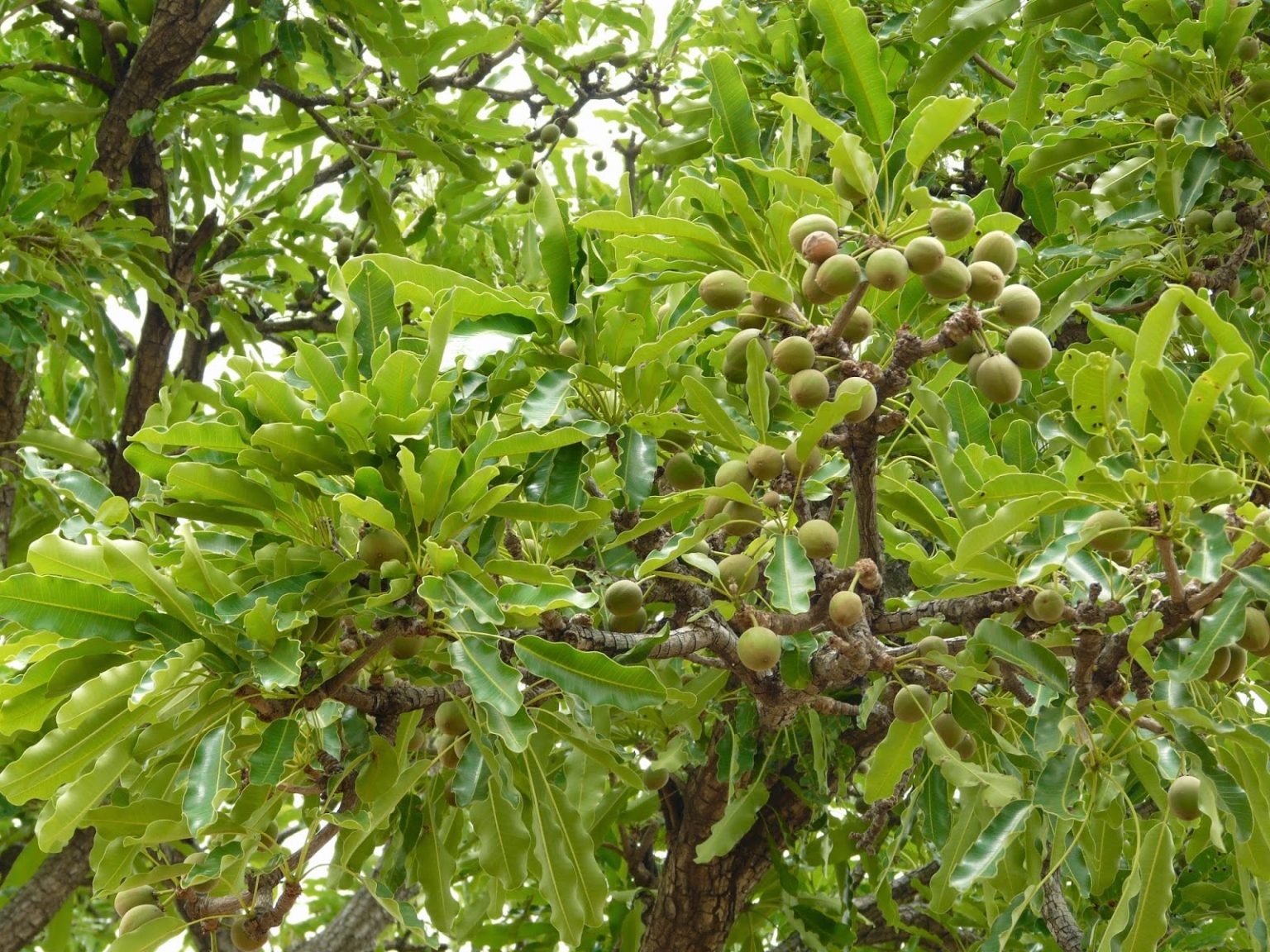The Sasakawa Africa Association (SAA), has launched the Kadawa Mechanisation Centre in the Garun Malama Local Government Area of Kano State while the Raw Materials Research and Development Council (RMRDC) has said it would commence the mapping of shea tree areas in the country.
The mechanisation centre, which is one of the three agricultural mechanisation hubs in Kano State, is aimed at boosting productivity and reducing the drudgery of farming in one of the country’s most important food-producing states. The intervention is launched under auspices of the Kano State Agro-Pastoral Development Project (KSADP) with funding from the state government, the Islamic Development Bank (IsDB) and the Lives and Livelihoods Fund (LLF), by putting in place hubs in Garun Malam, Danbatta and Gaya local government areas, as each one is intended to serve clusters of smallholder farmers in each agricultural development zone, with machinery and technical services covering land preparation, planting, harvesting, processing and storage.
The IsDB Vice President (Operation), Dr. Rami Ahmad, said it would help increase the productivity of the farmers and is expected to impact the lives of three million people in the state. According to him, the centre is part of a bigger project of the bank, saying “This is something for all of us to be proud of, and it is for the benefit of Kano and farmers in the surrounding area. The Islamic Development Bank is committed to the development of Nigeria in general; and we have a very good relationship with Kano”, Ahmad added. The Project Coordinator of the KSADP/SAA, Abdulrasheed Mata, said the hubs were also expected to create employment opportunities, particularly for the youth and women in machine operation, maintenance and agro-processing.

Mata said the hubs had been equipped with modern farm equipment, including tractors, power tillers, planters, harvesters and threshers, supported by trained operators and technicians. He said that “This sustainable service provider model is designed, not only to improve efficiency, but also to cut production costs and reduce post-harvest losses, which remain among the biggest constraints facing Nigerian agriculture. This intervention is part of a recently-approved six-month extension to the five-year project, which began in 2021 and is now scheduled to conclude by December 31, 2025”, the Project Coordinator added.
The state’s Commissioner for Agriculture, Dr. Danjuma Mahmood, said the positive impact of the project would be felt in a few years to come. “I am sure that from the crop production angle, irrigation segment, value addition processing, livestock productivity enhancement and crop resilience initiative will all crystalline in the years to come. Now, we have seen part of it, but I am sure that down the line, we are going to see a lot of changes and impactful development as it were”, he said. Meanwhile, the Raw Materials Research and Development Council has said begin the mapping of shea tree areas in the next two weeks, following the Federal Government’s six-month export ban.
The Director-General/Chief Executive Officer (CEO) of RMRDC, Prof. Nnanyelugo Ike-Muonso, while interacting with journalists in Abuja recently, said the President had taken the right decision, which the council has always advocated. “When I took over as the DG of the RMRDC, one of the things I started campaigning for was that you do not export raw materials without adding 30 per cent value to them. And we took it to the National Assembly, it went through first, second and third readings at the Senate. So, the President took the right step on this goal that we are pursuing because it is in the overall interest of the country. Instead of talking of volumes of exported raw materials, we should be talking about the value of exported semi-processed raw materials or even fully processed raw materials”, he said.
Ike-Muonso said the studies the council had done internally show that the country produces more than a million metric tons, adding that, “you can easily get a million metric tons of shea nuts from 21 states. And over 90 per cent of this output is exported. So basically, what we do is think in terms of the volumes of export of shea nuts. And this is a highly-demanded raw material. But we just basically throw it away. Counting volumes of what we’ve exported without also thinking in terms of the value that we would have gained in terms of foreign currency and the employment it would generate locally”, he noted. The DG said the first step is to bring together stakeholders to review the existing roadmap, to ensure sustainability by ensuring that there are enough and adequate supplies of shea nuts for utilisation by other processors that will be coming up.
“The second thing that we are going to do is to map, to conduct a special mapping of shea trees in the country, based on the quantity available and also the qualities. You know, the shea tree that is in Niger is significantly different in terms of its quality and characteristics from the shea nuts that you see in Sokoto. And each of those varieties also has what they are more relevant for, the kind of products and, you know, the value chain they support, the better. So, with that mapping, which we are going to commence almost immediately, is going to support those, who are going to invest by following the trail of the Federal Government’s decision at this time.
“So that they have the information required to make investments in the shea processing business. We are going to commence that effort in the next two weeks. At present, we have started discussing with researchers and enumerators, and those are going to help us collect this data across the 21 states that are actively growing shea trees. In the next two weeks, we are going to be rallying all stakeholders for a review of the five-year roadmap, which has now elapsed. That roadmap was developed in 2019. It’s now elapsed. So, we are going to be reviewing that roadmap to ensure that there is adequacy of shea nuts because as more interest in the shea industry is encouraged by this decision of the Federal Government, the supply chain is also effectively sustained”, he said.
Ike-Muonso said the third thing the council would do is to launch a national women cluster cooperative to engage and train women. “The biggest problem is in collection because it’s grows in the wild and women need to be trained on safety, but also how to pick the best quality shea nuts, and also in some processing, because even for smallholder processors, the quality needs to improve. So, this capacity building would be launched across the country simultaneously in the next two weeks. We are also going to seek the support of state governments and other agencies, collaborate with them, to see how we are going to roll out processing equipment at the cluster level too”, he added.

